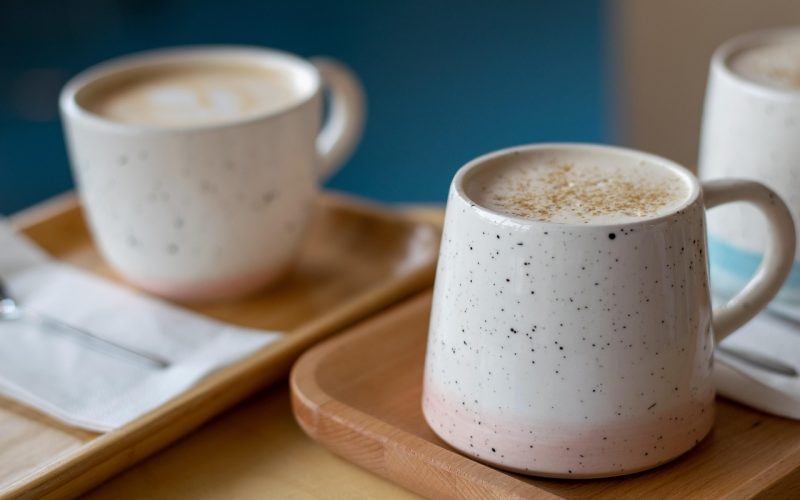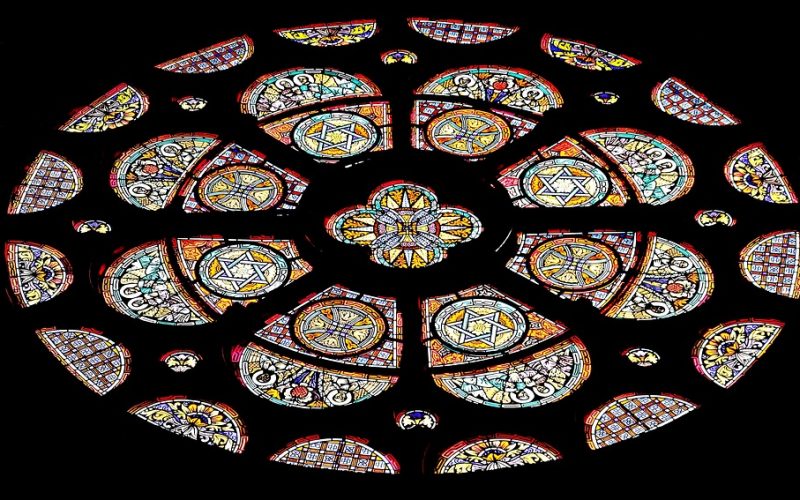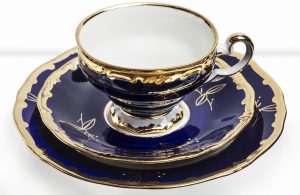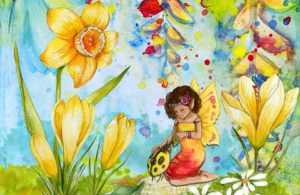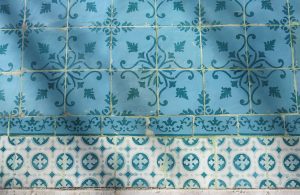Art serves as a powerful medium for self-expression, and ceramic and glass art offer unique avenues to channel emotions. Whether it's through intricate patterns, textured forms, or vibrant designs, these materials give artists the flexibility to embody their feelings, making their work deeply personal and evocative. By exploring techniques such as ceramic transfers and glass decals, creators have the opportunity to add layers of meaning to their artwork, giving each piece a life and story of its own.
Exploring the emotional capacity of ceramics
Ceramics have long been associated with storytelling, with their roots embedded in cultural histories and traditions. The tactile nature of clay allows artists to physically mould their feelings into tangible shapes and forms. Sculpting and wheel-throwing provide freedom to explore textures and movement, translating emotions like chaos, calm, or joy into three-dimensional works.
A particularly innovative way to enhance these creations is through the use of ceramic transfers. These printed designs allow artists to layer additional visual narratives onto their pieces. Whether it's intricate floral details, abstract patterns, or personalised imagery, transfers can reflect specific emotions or memories. This technique enables artists to balance raw expression with polished beauty, crafting ceramics that resonate deeply with both the creator and observer.
Capturing light and emotion through glass art
Glass art, in its transparency and luminosity, captures a distinct spectrum of emotions that few other materials can mimic. The interplay of light and colour in fused and stained glass evokes moods ranging from melancholy to elation. Working with glass typically involves heat manipulation, such as kiln-forming, blowing, or fusing, each demanding skill and control — a process that often reflects the artist's emotional state.
Glass decals serve as an excellent complement, adding complexity and personality to the finished artwork. These decals, which can include vibrant illustrations, text, or geometric motifs, are fused onto the surface of glass during firing. They allow for storytelling through combinations of colour and imagery, offering artists an extra layer of creative freedom to communicate feelings. For instance, a serene blue design overlaid with soft floral motifs could express tranquillity, while bold, angular patterns might convey intensity or conflict.
The power of colour in emotional storytelling
Colour plays an integral role in expressing emotions through both ceramic and glass art. Every shade carries its own emotional weight, allowing artists to create vivid narratives that connect with viewers on a subconscious level. For many, the choice to work with bright hues may symbolise hope or joy, while muted tones might represent introspection or sorrow.
For ceramicists, glaze selection becomes a vital tool. Layering different glazes can result in complex textures and unexpected colour blends that mirror the complexity of human emotions. Similarly, in glass art, coloured frit and stained sheets bring depth and dimension, amplifying the emotional impact of the piece. When these elements are paired with ceramic transfers or glass decals, the final result is a deeply layered artwork capable of sparking emotional resonance.
Tactile storytelling through texture
Beyond visuals, the texture of ceramic and glass art adds a sensory element that draws viewers in. A rough, jagged ceramic sculpture could evoke tension or struggle, while a smooth, flowing form might elicit feelings of calm or comfort. Glass, too, offers endless textural possibilities — from polished transparency to frosted finishes that diffuse light beautifully.
Artists often combine these textures with detailed elements provided by ceramic transfers or glass decals. Imagine a ceramic vase textured with ridges that ripple with energy, adorned with serene decal patterns to create striking contrasts. Similarly, a frosted glass panel with overlaid decals could invite the viewer to explore the contrast between opacity and the delicate details hidden within.
Connecting the artist and observer
One of the most profound aspects of ceramic and glass art is how it allows emotions to transcend the personal and reach others. When artists pour their feelings into their work, viewers often feel an emotional connection, interpreting the art through their own experiences. The use of ceramic transfers and glass decals plays a significant role in this exchange, as these elements can carry universally relatable symbols or motifs while remaining deeply personal to the artist.
This mutual connection underscores the beauty of ceramic and glass art as forms of emotional expression. Both mediums provide artists with tools to mediate between abstraction and narrative, creating works that captivate, comfort, or challenge depending on how viewers interpret them.
A limitless canvas for feeling
Ceramic and glass art offer endless possibilities for exploring and communicating emotion. From the organic process of shaping clay to the meticulous craft of firing glass, these materials transform intangible feelings into physical forms. Through techniques like ceramic transfers and glass decals, artists have even greater freedom to personalise their creations, ensuring each piece tells a unique and compelling story. For both creators and admirers, the result is a powerful reminder of art's ability to evoke empathy, understanding, and connection.
